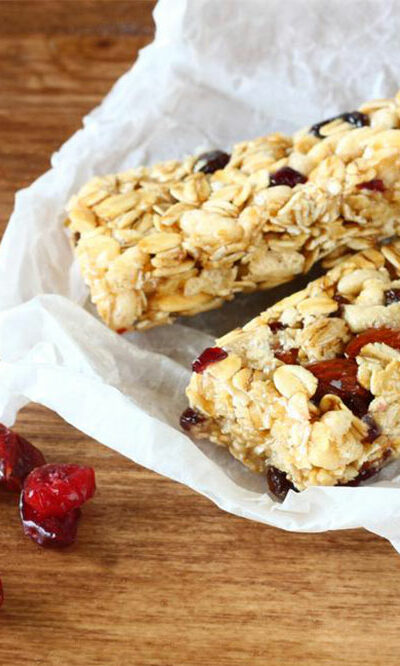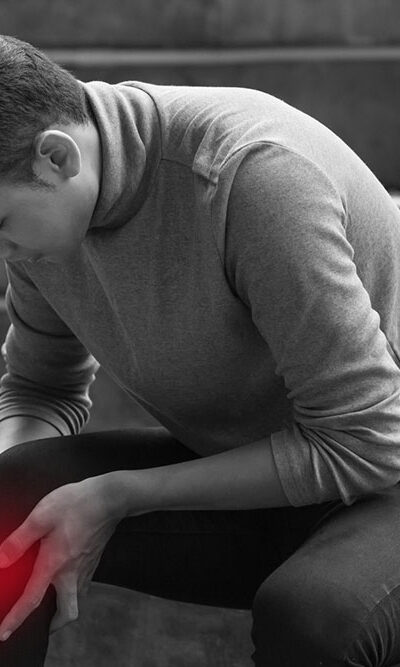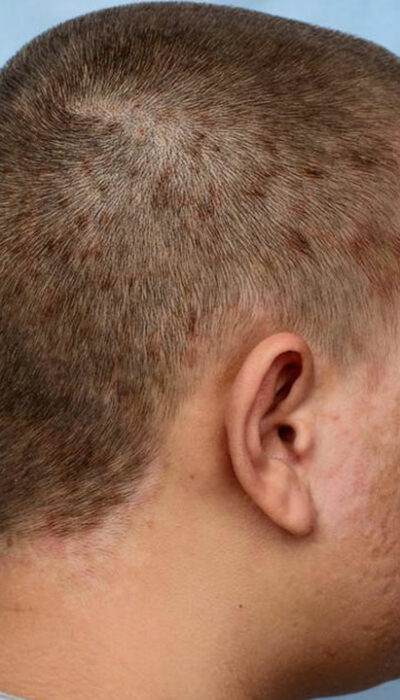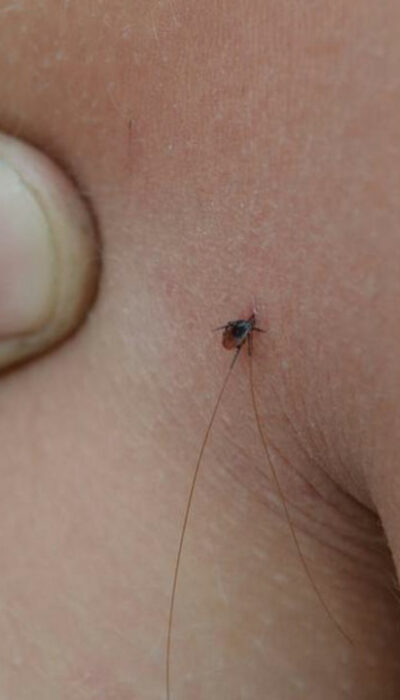
5 energy-boosting foods for COPD
Chronic Obstructive Pulmonary Disease (COPD) refers to a problem that restricts the flow of air, leading to breathing problems. COPD is caused mainly due to smoking. The other causes of COPD include inhalation of gases, passive smoking, or exposure to pollution. COPD can be classified into three types. The common signs shown by people suffering from COPD are frequent lung infections, cough, and shortness of breath. Although COPD is not curable, it is preventable. Quitting the habit of smoking is the best way one can get relief of COPD. Other options include maintaining a healthy lifestyle and eating some energy-boosting foods that help lower the symptoms of COPD. Some energy-boosting foods which should be included for people suffering from COPD include: Whole grains Whole grains like millet, quinoa, and barley are a great source of energy-boosting foods for people with COPD. These grains are rich in vitamins, fiber, protein, and carbohydrates. Moreover, they do not have a high-calorie count. The carbohydrates present in whole grains help boost energy as they do not contain refined carbohydrates; these also provide a filling meal . Consuming whole grain foods help improve the digestion process and maintain a healthy weight. Fresh fruits and vegetables A healthy diet should include a good combination of fresh fruits and vegetables as it provides a lot of nutritional value. It is necessary to include fresh fruits and vegetables, especially if you have COPD, as it will help improve the symptoms. These are high fiber foods that possess antioxidant properties and help boost energy levels. Nuts Full of healthy proteins and unsaturated fats, nuts are perfect to boost energy for those suffering from COPD. Rich in calories, an intake of a handful of nuts helps to prevent COPD-related weight loss issues. Nuts are also rich in fiber and are a great source of vitamin E.










